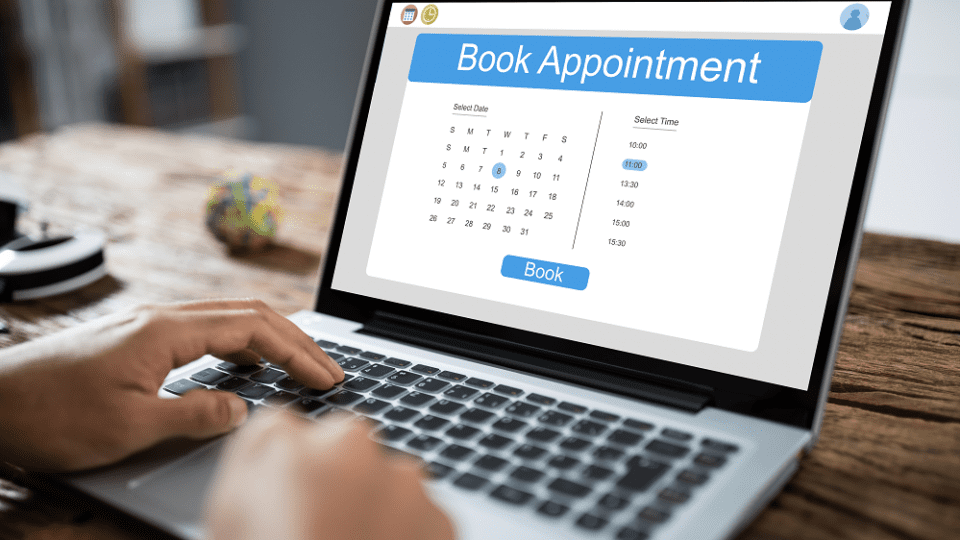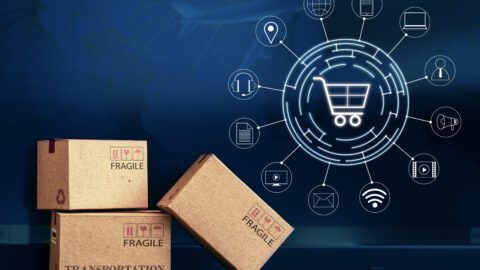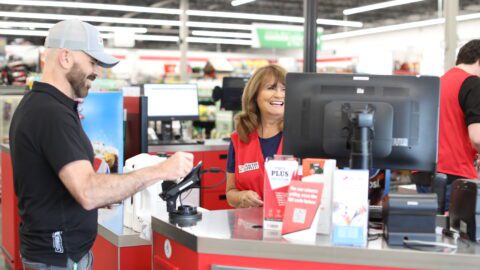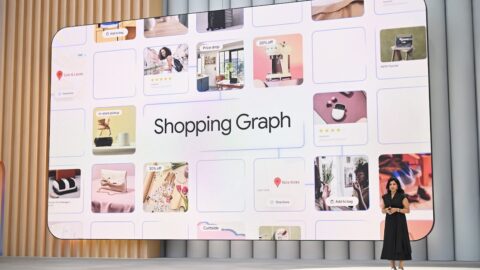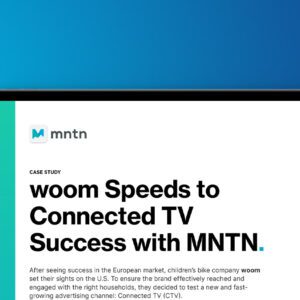An old advertising slogan warned that we “never get a second chance to make a first impression,” and it’s a thought retailers should take to heart as they seek solutions for scheduling customer appointments. “Appointments represent the very first one-to-one experience with a potential gateway to your most precious asset — your brand,” said Angie Tiwari, Director of Sales at JRNI. “Appointments are among the best ways to build customer loyalty and ultimately, to grow and improve revenue.”
Tiwari identified the stringent requirements and multiple functionalities that retailers should demand of their appointment scheduling software in a recent Retail TouchPoints ThinkTank webinar sponsored by JRNI, which provides appointment scheduling solutions to retailers including Nordstrom, John Lewis, Selfridges, Bed Bath & Beyond and Halfords.
She shared examples of specific ways appointments can provide “hard” benefits to retailers, as they did for baby retailer Jojo Maman Bébé. “They scheduled over 3,000 appointments in a 10-month period, and 60% of these customers ended up making purchases,” said Tiwari. “The appointments [themselves] were free but they led to revenue increases.”
Achieving results like this, however, requires the right tools. “Appointment-setting technology has to operate at scale and handle organizational complexity,” said Tiwari during the Starting Off on the Right Foot: 5 Keys to a Seamless Appointment Scheduling Processes webinar, now available on demand. “It needs to be multi-cultural, multi-national and multi-lingual [for the needs of both] customers and employees, but also maintain a consistent look and feel across all journeys, internal and external.”
Additionally, integrating the appointment scheduling solution with the right internal systems is “key to a seamless customer journey,” Tiwari noted. For example, solutions that can understand the difference between making an appointment for a brand-new shopper versus one for a long-time customer with a favorite time slot and service person is critical to “showing you understand that customer well,” she added. “You can’t do that unless you have integrations in place that allow the staff to see [that information], which can require connections to ERP, accounting, CRM and web analytics solutions.”
Many of these integrations also need to happen in real time, which is part of making the appointment scheduling process engaging and experiential. “Data from McKinsey shows that consumers’ purchase decisions revolve around buying into an experience,” said Tiwari. “People are changing the way they buy, so we have to change the way we sell. In this case, that means making it easy to cancel, reschedule or change the location of an appointment in real time, ideally through a pre-existing dynamic feature set.”
KPI tracking capabilities are also a prerequisite. “There’s no point in having a solution if you’re not tracking conversions and measuring ROI,” she noted. Additionally, the analytics need to be flexible: “The KPI might be about reducing no-shows, or discovering which staff are inefficient, or simply about improving booking volumes,” said Tiwari. “By identifying and tracking all of these KPIs, it will inform the retailer about allocating resources and other business decisions.”
Hear about all five keys to a seamless appointment scheduling process by accessing this webinar on demand.




